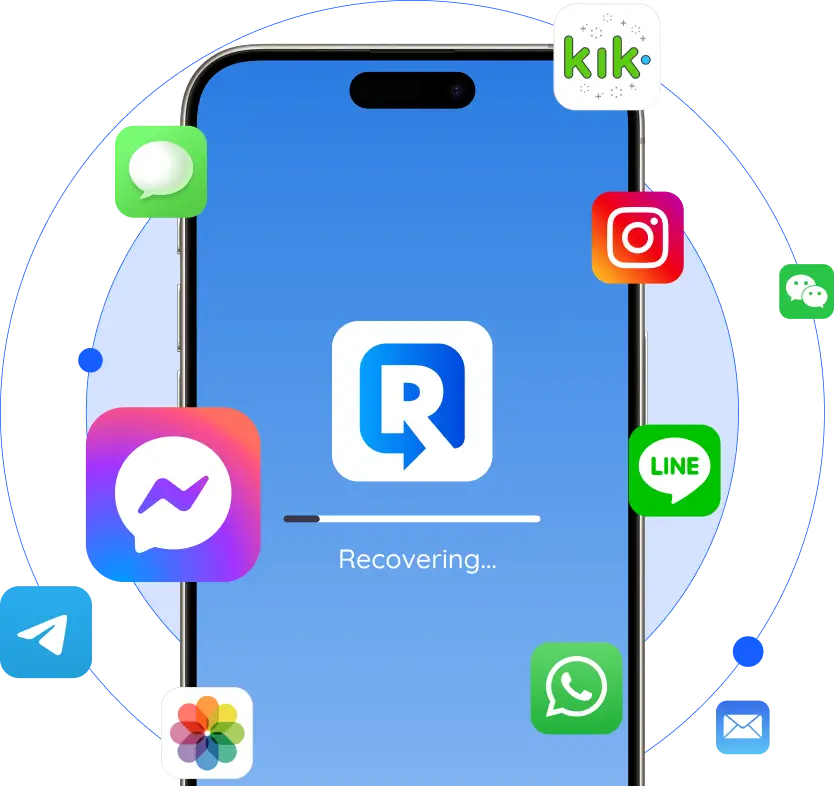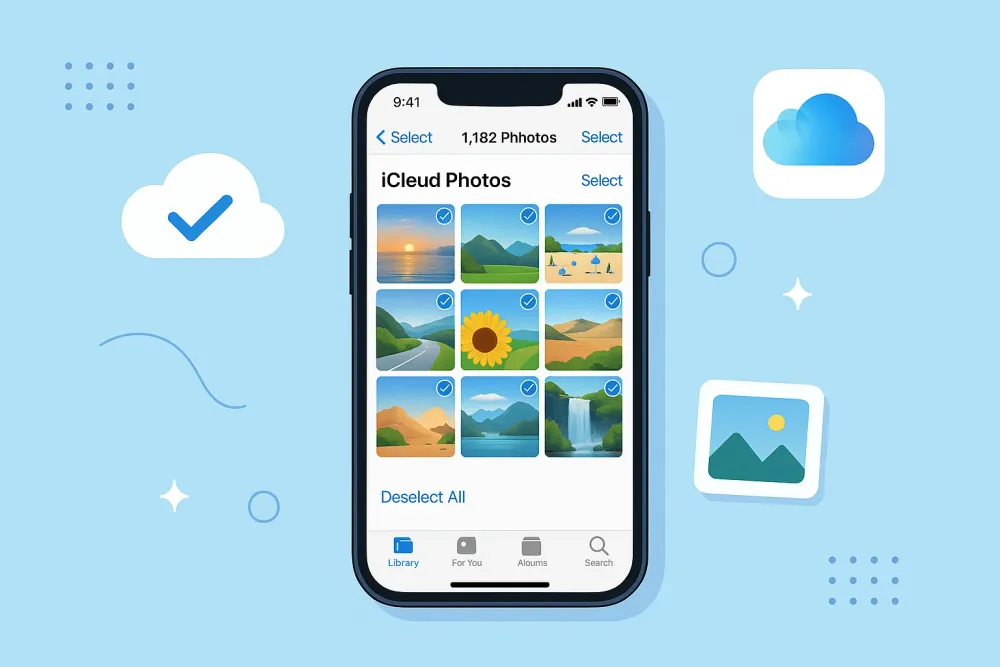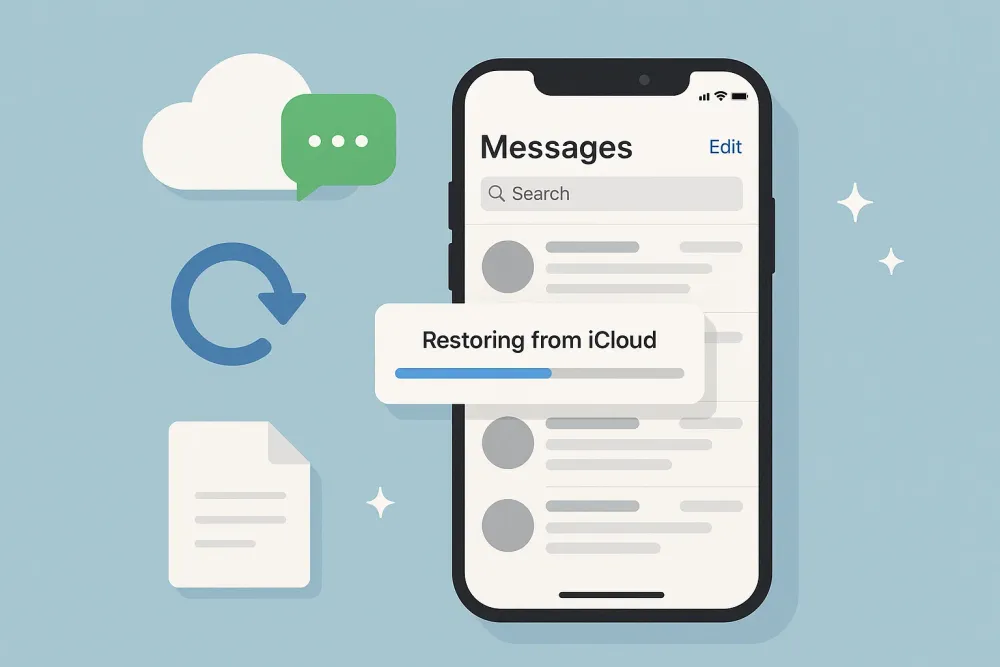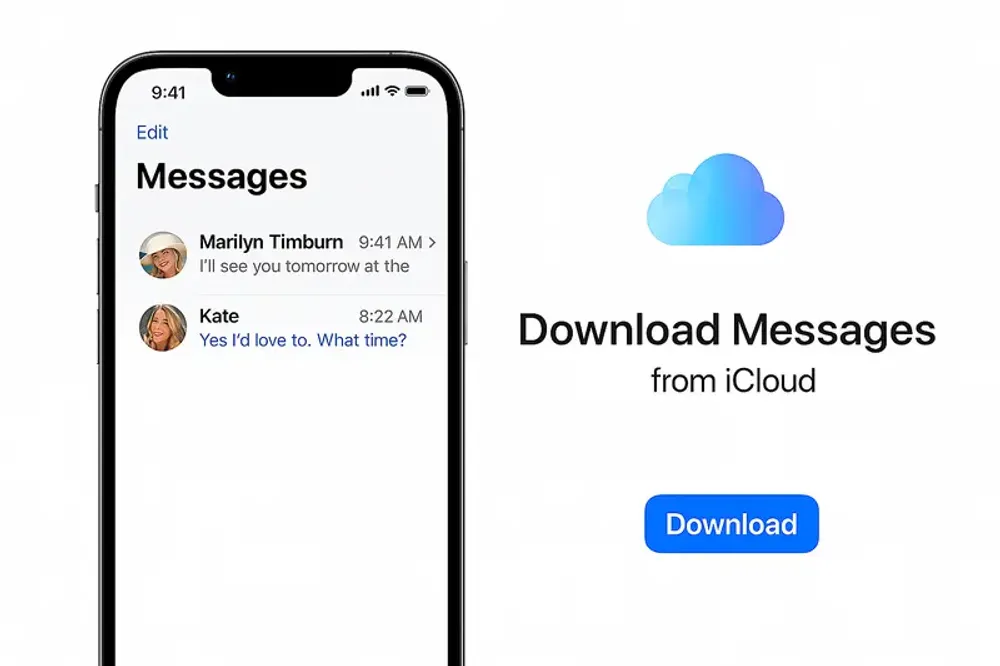Call forwarding is a useful feature that automatically redirects incoming calls to another number, but there are times when you need to disable it. Whether you've accidentally enabled call forwarding or no longer need calls redirected, learning how to turn off call forwarding on your iPhone is essential for managing your communication effectively.
In this guide, we'll walk you through multiple methods to turn off call forwarding on your iPhone settings, troubleshoot common issues, and provide solutions for different carriers, including Verizon.
What is Call Forwarding and Common Issues
Call Forwarding automatically redirects your incoming calls to another phone number when you're unavailable, busy, or unreadable. While this feature can be helpful in certain scenarios, you may also encounter situations where you need to turn it off. For instance, if you’ve previously set up call forwarding but no longer need it—such as after returning from a trip or finishing work remotely—leaving it on could cause you to miss important calls, as they’d still be redirected to the old number.
Additionally, if the forwarded number is incorrect or no longer in service, calls will fail to reach you entirely, creating unnecessary communication barriers.
Another common issue is unintended costs. If your calls are forwarded to an international or premium-rate number, you could incur hefty charges without realizing it. Similarly, if your phone has call forwarding enabled due to a misconfiguration or carrier error, you might not receive calls even when your phone is fully functional. To avoid these problems, it’s wise to periodically check your call forwarding settings and disable the feature when it’s no longer needed.
How to Turn Off Call Forwarding on iPhone Through Settings
The most straightforward way to disable call forwarding on iPhone is through your device's Settings app. This method is compatible with most carriers and iPhone models. Below are the steps you can follow to deactivate call forwarding on your iPhone, so your calls will go directly to your device.
Step-by-Step Instructions:
Open the Settings App The first step is to open the "Settings" app on your iPhone. This is the app with a gear icon that’s usually located on your home screen.
Scroll to Phone Settings In the Settings menu, scroll down and tap on "Phone."
Select Call Forwarding Within the Phone settings, look for the "Call Forwarding" option. If call forwarding is enabled, you’ll see the toggle turned on.
Turn Off Call Forwarding Tap on the "Call Forwarding" option, and you’ll be taken to a screen with a switch next to "Call Forwarding." Toggle the switch to the off position. Once you do this, call forwarding will be turned off, and any incoming calls will ring on your iPhone as usual. If you iPhone didn't ring, check this post to fix it.
Confirm Deactivation You should see the "Call Forwarding" label turn gray, which indicates that the feature has been disabled.
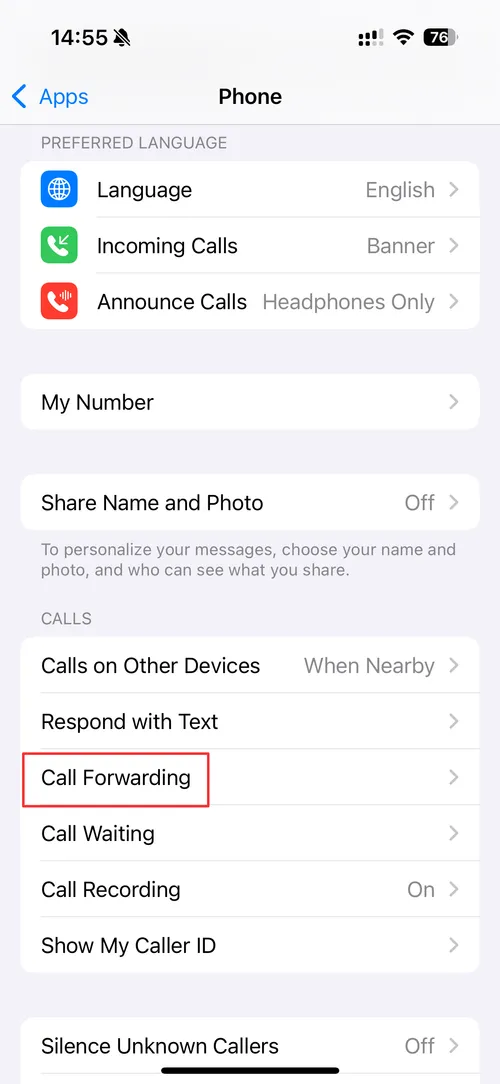
If you don't see the Call Forwarding option in your Phone settings, don't worry. This is common with certain carriers, and we'll cover alternative methods below.
How to Turn Off Forward Calls Using Carrier Codes
When the Settings method isn't available, you can use specific dialer codes to cancel call forwarding. These codes work directly with your carrier's network.
Universal Call Forwarding Disable Codes:
To turn off all call forwarding:
Dial
##002#and press the call buttonThis code disables all types of call forwarding at once
To disable specific forwarding types:
##21#- Turns off unconditional call forwarding##61#- Disables forwarding when unreachable##62#- Turns off forwarding when phone is off##67#- Disables forwarding when busy
After dialing any of these codes, you should receive a confirmation message indicating that call forwarding has been successfully disabled.
How to Stop Call Forwarding on Verizon iPhones
In some cases, you may prefer to use a simple dial code to disable call forwarding, especially if you are dealing with network issues or if the settings menu doesn’t work as expected. Verizon customers have several options to remove call forwarding from their iPhones. The carrier provides both traditional methods and specific Verizon redirect call management.
Dial the Code On your iPhone’s dialer, you can type in the code to turn off call forwarding. In the U.S., the common code is 73. Simply dial 73 and press the call button.
Wait for Confirmation After dialing the code, you should hear a confirmation message or beep, indicating that call forwarding has been turned off.
Test Call Forwarding To make sure it worked, you can call your iPhone from another phone to verify that the calls are now going directly to your device.
If you're using a service like Verizon, you might have specific codes to follow, so always check with your carrier for the right dial code to use.
How to Stop Call Forwarding on iPhone Using Carrier Settings
Sometimes, call forwarding might be activated through your mobile carrier settings rather than the phone’s local settings. If you suspect this is the case, follow these steps:
Open Settings and Tap on Cellular Start by opening the "Settings" app, then tap on "Cellular" (or "Mobile Data" if you’re outside the U.S.).
Select Cellular Data Options Scroll down to find and tap on "Cellular Data Options."
Manage Call Forwarding Some carriers allow you to manage call forwarding through their settings. If this option is available, it will show up under the cellular data options. Turn off call forwarding here if it's enabled.
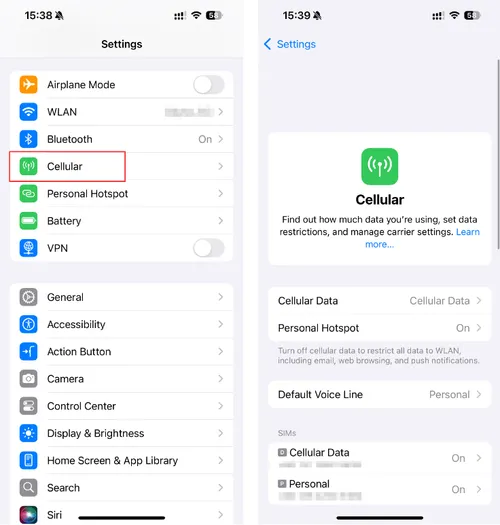
For services like Verizon, you may need to log in to your carrier’s website or app to manage your forwarding preferences. Visit Verizon’s support page for more details.
How to Disable Call Forwarding on Android (Bonus Section)
While our focus is on iPhone, many users also want to know how to turn off call forwarding android devices. The process is similar but varies by Android manufacturer:
Open the Phone App Start by opening the "Phone" app on your Android device.
Go to Settings Tap on the three vertical dots in the top right corner and select "Settings."
Select Calls and Call Forwarding In the settings menu, tap on "Calls" and then select "Call Forwarding."
Disable Call Forwarding You’ll see options like “Forward when busy,” “Forward when unanswered,” and “Forward when unreachable.” Tap on each one and select "Turn Off" to deactivate them.
Confirm Call Forwarding is Disabled After following these steps, ensure that call forwarding is no longer active by making a test call.
How to Deactivate Call Forwarding on Verizon
If you use Verizon, there’s a specific method for deactivating call forwarding. Verizon allows you to disable call forwarding directly through their website or using their support app.
Open the My Verizon App If you have the Verizon app installed, log in and navigate to your "Account" section.
Manage Call Forwarding Look for "Call Forwarding" settings in the app. You can disable the feature by turning off any active call forwarding options.
Use Dial Codes If you prefer, you can use the dial codes to disable forwarding: 73 for general call forwarding, 72 to enable, and *73 to disable.
For a detailed guide, check out Verizon’s official support page.
Alternative Methods to Remove Call Forwarding
Using iPhone's Phone App Directly
Open the Phone app
Go to the Keypad tab
Dial the appropriate disable code (
##002#for all forwarding)Press call and wait for confirmation
Contacting Your Carrier
When all else fails, calling your mobile carrier directly is always an option:
Verizon: 611 or 1-800-922-0204
AT&T: 611 or 1-800-331-0500
T-Mobile: 611 or 1-877-746-0909
Sprint: 611 or 1-888-211-4727
How Gbyte Recovery Can Help
While dealing with call forwarding issues is essential to ensure you’re receiving all your calls, you may sometimes need to recover important messages that could have been missed. If you’ve lost or accidentally deleted any important text messages or call logs related to these issues, Gbyte Recovery can help you retrieve them from your iPhone.
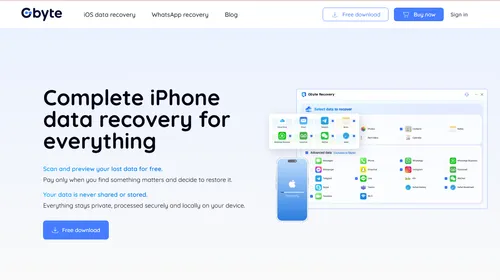
Gbyte Recovery is a powerful iOS data recovery tool that doesn’t require a USB connection—only an Apple account login. It can help you recover deleted text messages, photos, contacts, and other important data that you might need to restore. For more details on how Gbyte Recovery can assist with recovering your lost iPhone data, visit our official website.
Frequently Asked Questions
Q: Will turning off call forwarding affect voicemail?
A: No, disabling call forwarding typically doesn't affect your voicemail service, as voicemail uses a different forwarding mechanism.
Q: Can I turn off call forwarding for specific numbers only?
A: Standard call forwarding is typically all-or-nothing. For selective forwarding, you'd need advanced carrier features or third-party apps.
Q: Why does my iPhone keep enabling call forwarding automatically?
A: This could be due to carrier settings, iOS bugs, or interference from other apps. Try resetting network settings if the problem persists.
Conclusion
Now you know exactly how to turn off call forwarding on your iPhone. Whether you prefer using the settings menu, dial codes, or carrier-specific options, you have several ways to manage call forwarding. If you ever find yourself needing to recover any lost data related to calls or messages, remember that Gbyte Recovery can help you retrieve important information quickly and easily.
By following these methods, you’ll ensure that you never miss another call due to call forwarding again. If you encounter issues, don’t hesitate to reach out to your carrier or use the tips we’ve provided to troubleshoot further.
